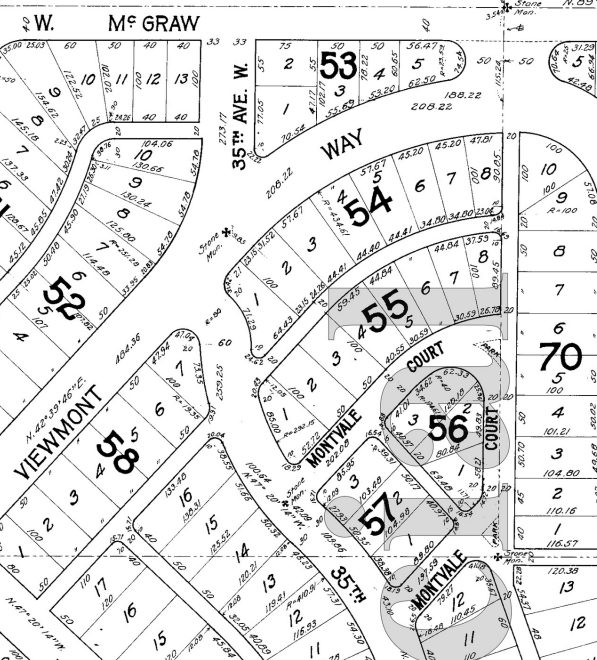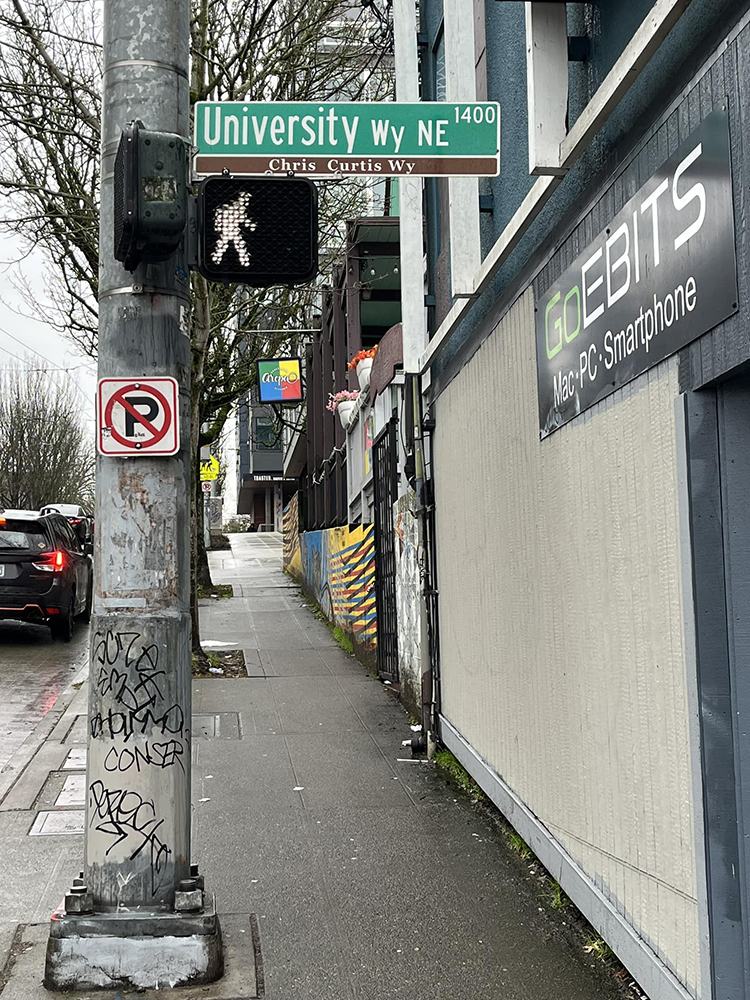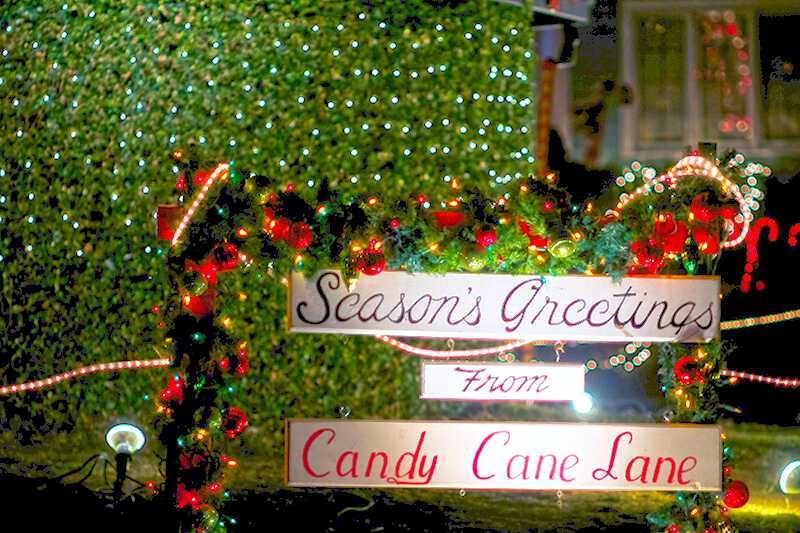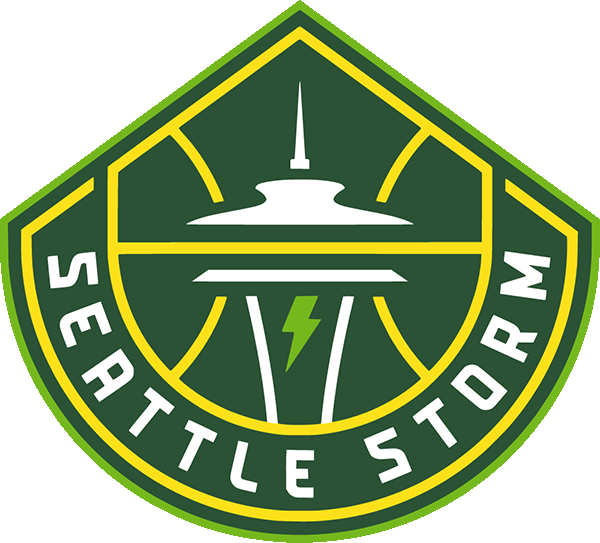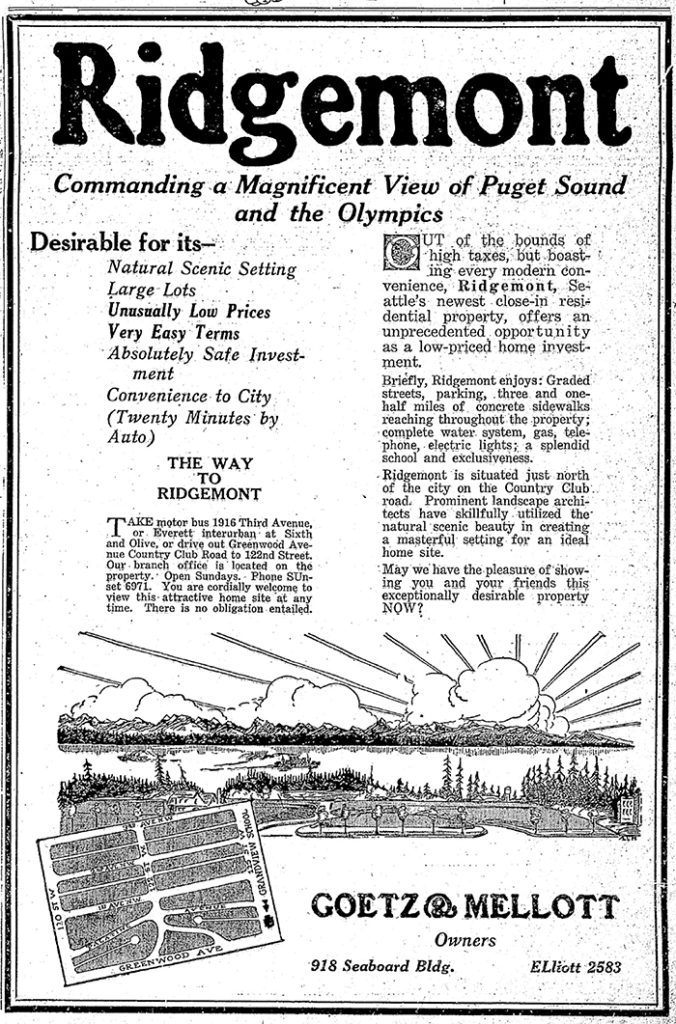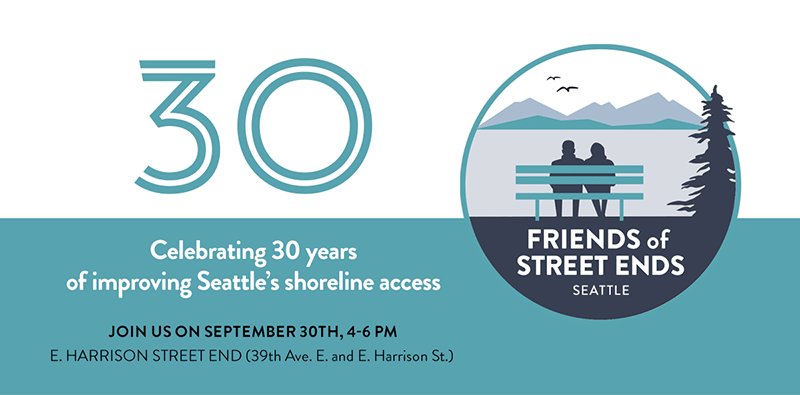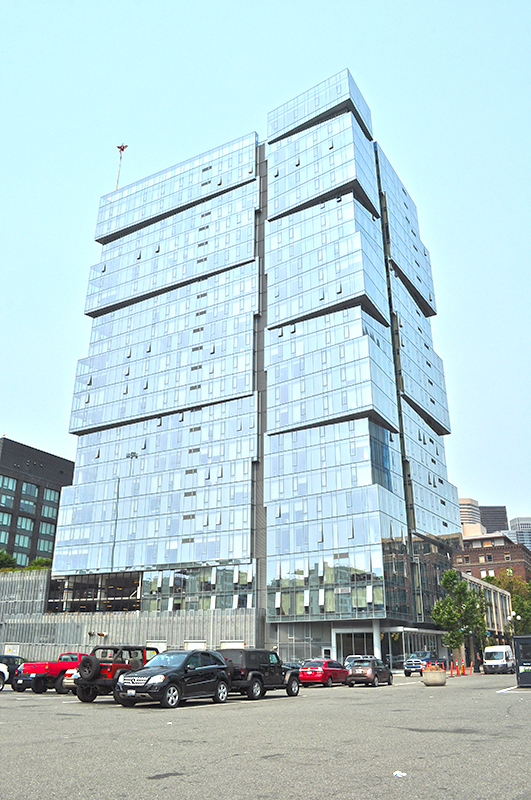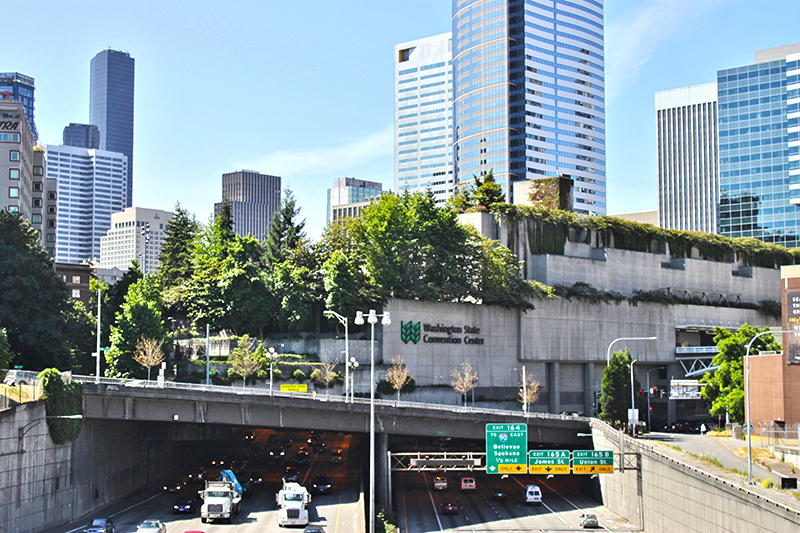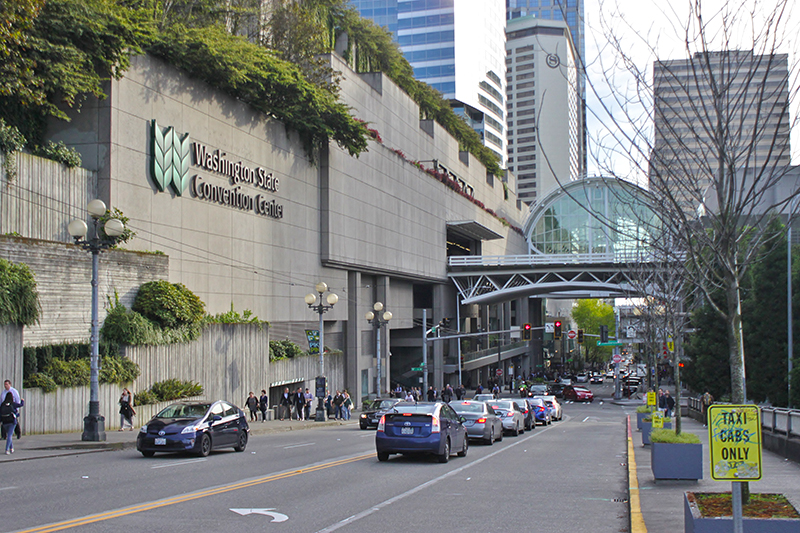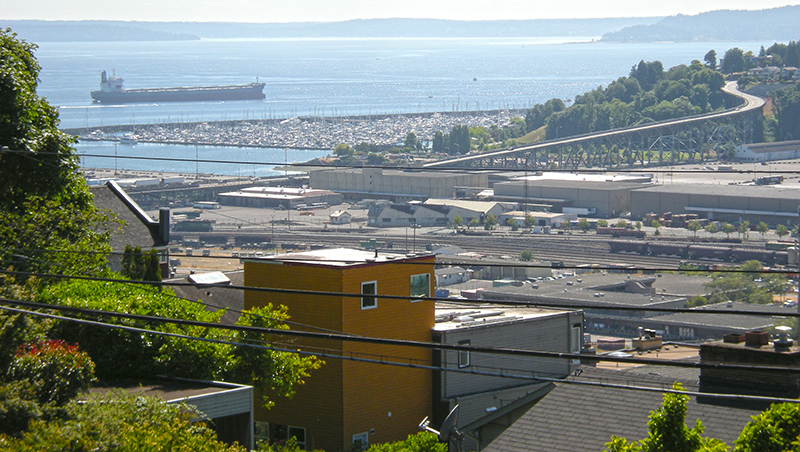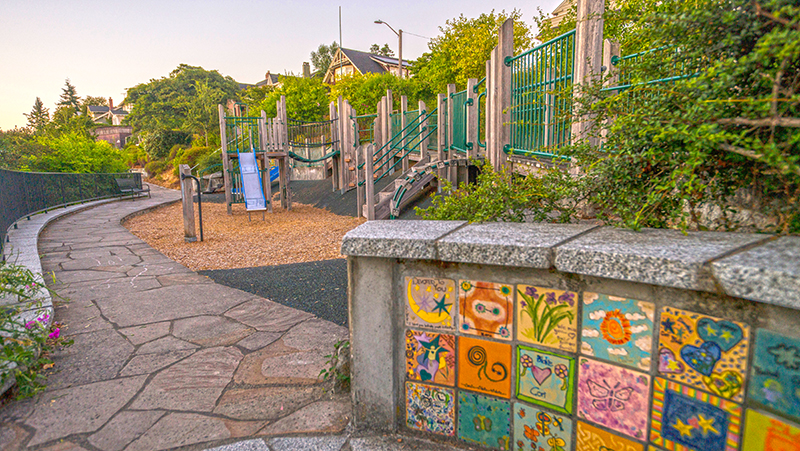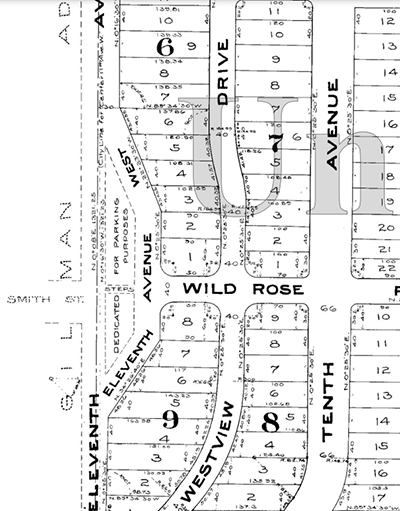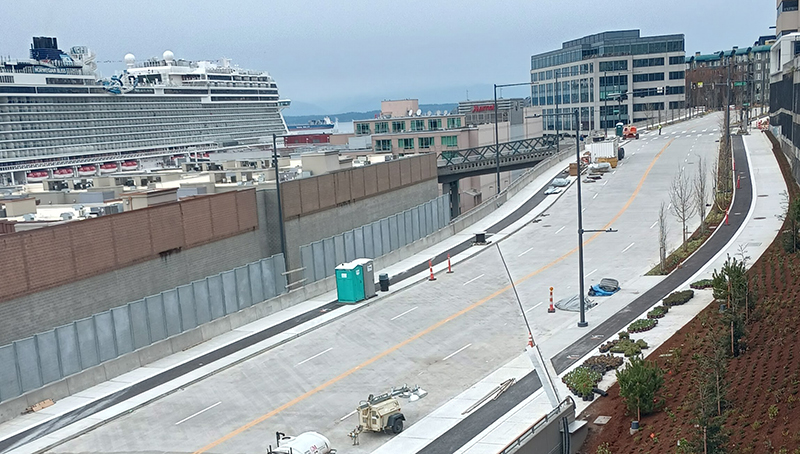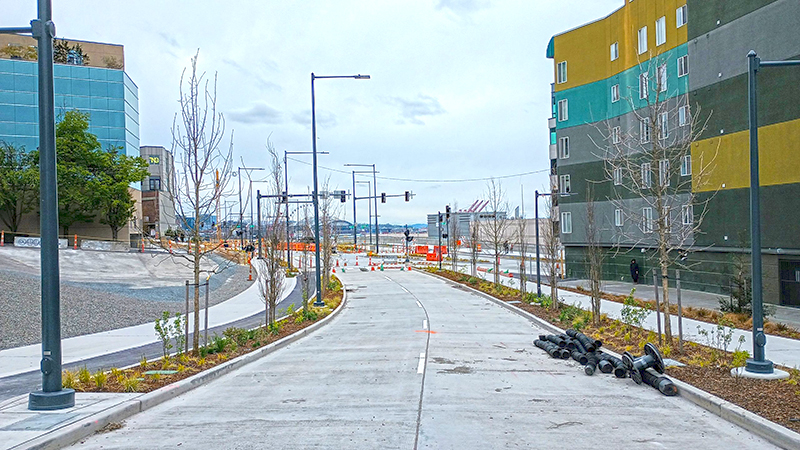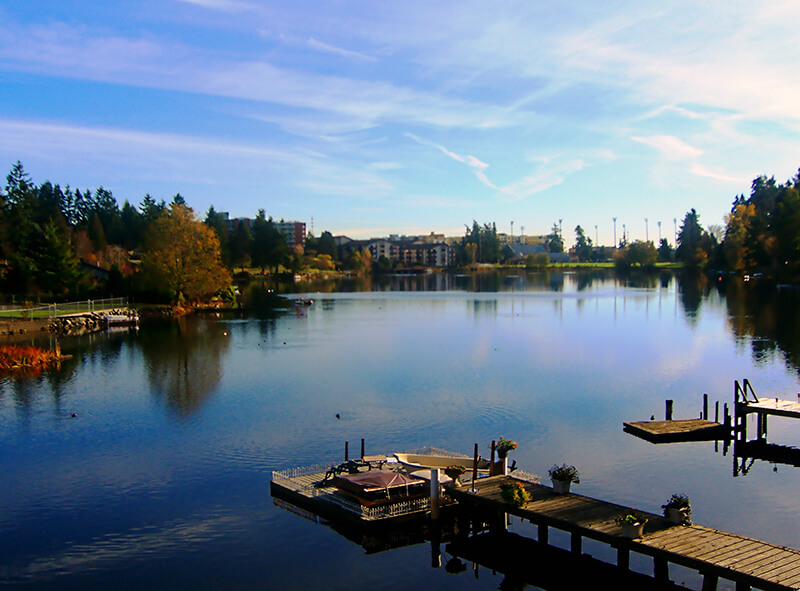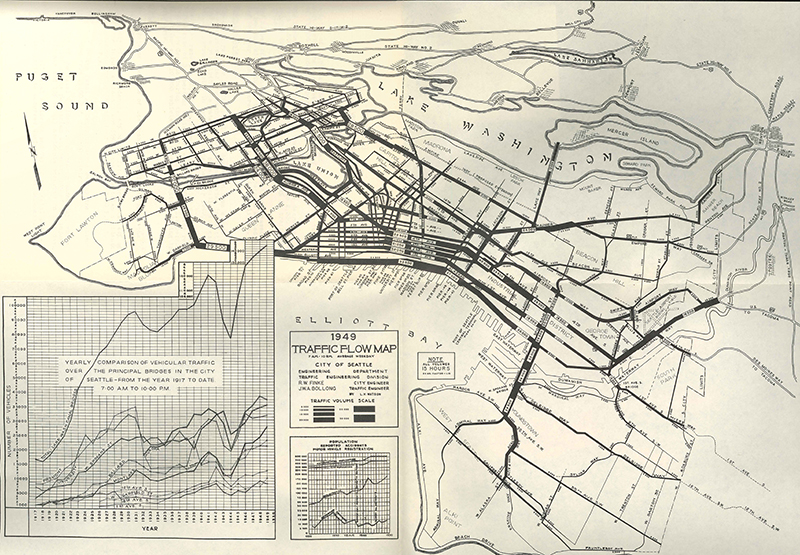Friends of Street Ends, which I mention in my article on Mercer Street, is celebrating its 30th anniversary in just over a week, on Saturday, September 30. I will likely not be able to make it to this event myself, but I encourage anyone who can attend to do so. They put out this press release this afternoon:
Protectors of Public Shorelines Celebrate 30 Years
For more than 30 years, Friends of Street Ends has improved public shoreline access in the City of Seattle. As a result, the city is now home to more than 142 street ends — most open to the public. These public spaces, all special and unique, dot our city’s many bodies of water, where roadways end at the shorelines of Lake Union, Lake Washington, the Ship Canal, Puget Sound and the Duwamish River.
In 1993 founders Karen Daubert and John Barber, along with a small group of volunteers, started Friends of Street Ends as a community response to the city’s lack of management and protection of these public spaces. At the time, about one third of the street ends were taken over by adjacent neighbors who had fenced off the public property for their private use. Other sites were inaccessible due to overgrown vegetation. With the blessing of the city’s then engineering department, they improved and opened the first 4 street ends, the “String of Pearls” in the Leschi neighborhood.
FOSE volunteers helped draft the city’s first legislation that put in writing the principle that shoreline street ends should be protected, open for public access, and that the “highest and best use” of shoreline street ends was, in fact, public access. FOSE works with Seattle Department of Transportation to encourage removal of private encroachments. The removal of all private encroachments remains an important goal for the organization.
Today, FOSE continues to work with residents and city staff to keep street ends healthy, and to ensure water access and views are accessible to all.
The FOSE 30th anniversary Celebration will be Saturday, September 30, from 4–6 pm. at the E. Harrison Street End (aka “Hidden Beach”).
There will be a brief presentation about the history of Seattle’s Shoreline Street Ends program and Friends of Street Ends, refreshments, and opportunities to learn more about local street ends, as well as to become a steward or join a work party. Details below:
- Event: Friends of Street Ends 30th Anniversary Celebration
- Date: Saturday, September 30
- Time: 4–6 p.m.
- Location: E. Harrison Street End (39th Ave. E. and E. Harrison St.)
In the Denny/Blaine neighborhood, on the shore of Lake Washington
Access from 39th Ave E., between Lake Washington Blvd E. and E. Mercer St. - Contact: For more information or to schedule an interview, contact Friends of Street Ends Co-chair and Co-founder Karen Daubert (karendaubert@msn.com) or Co-chair Marty Oppenheimer (marty@oppcam.com).
